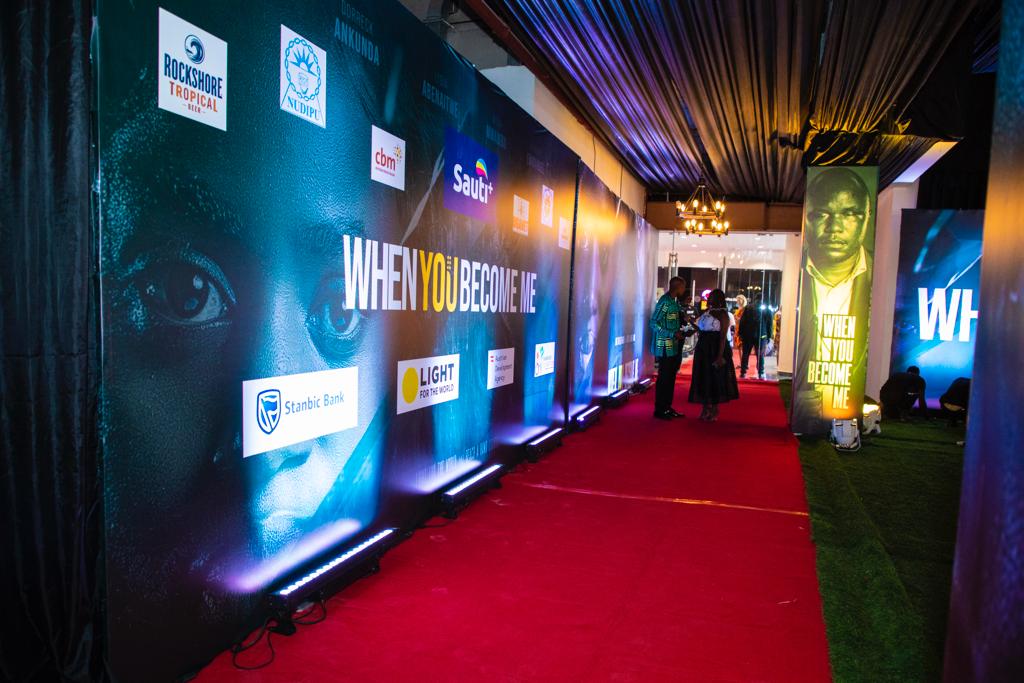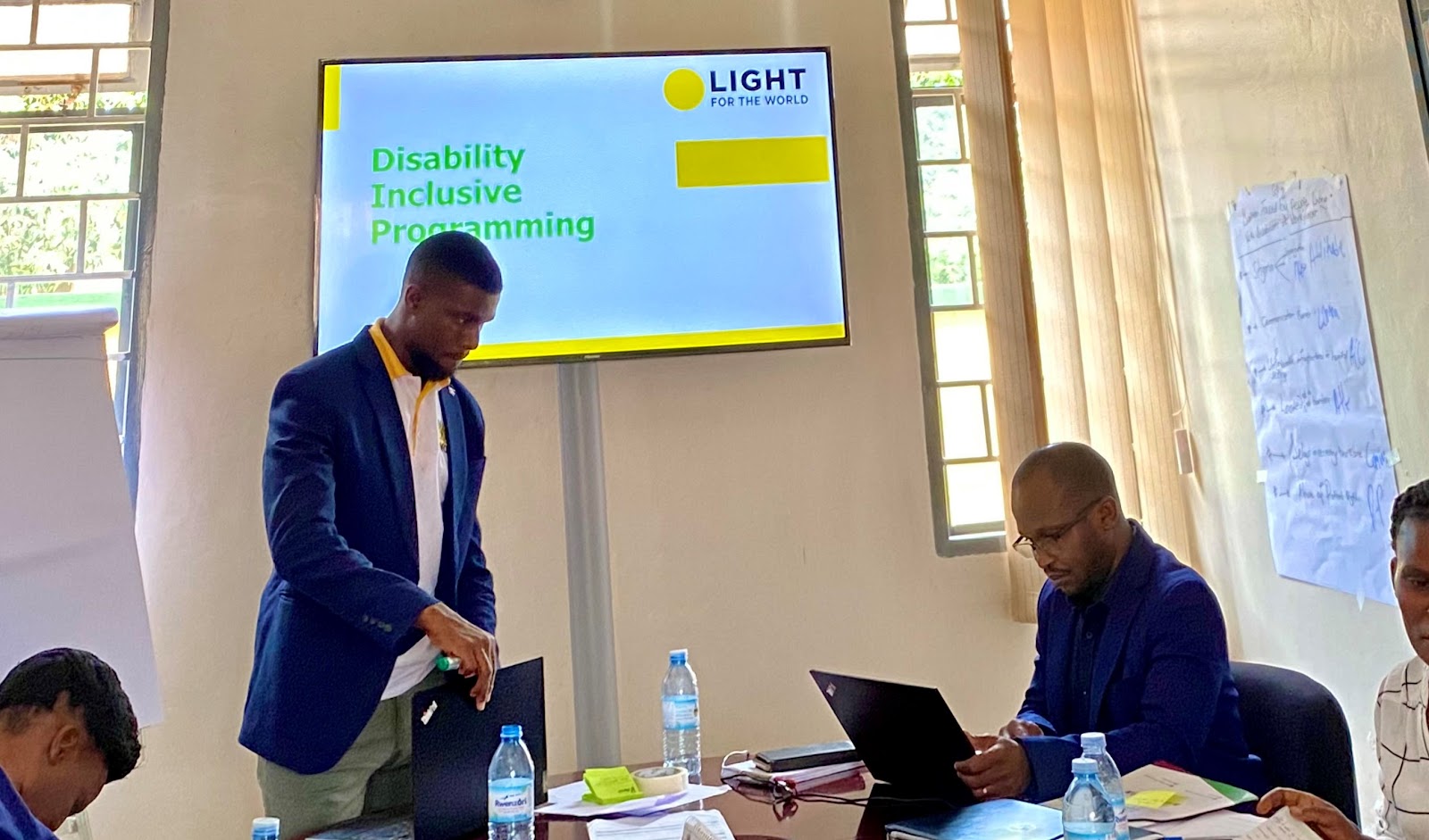Disability Inclusion does not happen automatically or by chance.
It requires ongoing attention, commitment, and effort on a day-to-day basis.
Creating an inclusive society requires a deliberate and intentional effort to identify and address the barriers that prevent people with disabilities from fully participating in all aspects of life.
I recently had the privilege of attending the premier of
"When You Become Me", a Disability-Inclusive
feature film that left a lasting impression on me. The film's commitment to
inclusivity and representation is truly commendable, and I believe it has the
power to create meaningful change in society.
It's essential to create a society where people with
disabilities can participate fully and equally in all aspects of life, including
education, employment, and social activities. Inclusion means recognizing the
diverse needs and abilities of people with disabilities and providing
accommodations and support to ensure they have equal access to opportunities.
It also means breaking down the barriers and stigmas that prevent people with
disabilities from participating fully in society.
This includes making sure that physical spaces and digital
platforms are accessible, providing reasonable accommodations, and creating
policies and practices that promote diversity, equity, and inclusion. It also
means actively challenging negative attitudes and stereotypes about disability
and promoting awareness and education about disability rights.
Addressing disability discrimination can be challenging, and
it can be subtle and pervasive, making it difficult to identify and combat.
Discrimination against people with disabilities can take many forms, including
exclusion, harassment, and stereotyping. It can be intentional or unintentional
and can occur in various settings, including the workplace, schools, and public
spaces.
One of the biggest challenges of addressing disability
discrimination is the lack of awareness and understanding of disability issues.
Many people may not realize that their actions or words can be discriminatory
or harmful to people with disabilities. This can make it difficult to identify
and address discrimination, as it may not be immediately apparent.
Another challenge is the lack of enforcement of disability
rights laws and regulations. Despite the existence of laws and policies that
protect the rights of people with disabilities, these laws are not always
enforced or implemented effectively. This can create a culture of impunity and
allow discrimination to persist.
Additionally, people with disabilities may face other
barriers to reporting discrimination, such as fear of retaliation, lack of
access to legal resources, and social isolation. These barriers can make it
difficult to identify and address discrimination and create a culture of
silence and secrecy around disability issues.
Creating an inclusive society for people with disabilities
requires a deliberate effort to address the barriers that prevent them from
participating fully in all aspects of life.
If you or your programs target at inclusion of marginalized persons
with disabilities, here are some of the best practices that can help you
advance disability inclusion in your community or work place.
Developing an Inclusion Plan: Creating a comprehensive inclusion
plan is essential in promoting disability inclusion. The plan should outline
specific goals, strategies, and timelines for promoting disability inclusion,
and it should include input and feedback from people with disabilities and
disability advocacy organizations.
Providing Accessibility: Physical spaces and digital platforms should be accessible to people with disabilities. This can include installing ramps and accessible entrances, providing assistive technologies, and ensuring that websites and digital content are accessible.
Offering Reasonable Accommodations: Reasonable accommodations should be provided for employees with disabilities, such as flexible work schedules, assistive technologies, and modified job tasks. Accommodations should be tailored to the individual's needs and preferences.
Training and Educating Staff: Staff should receive training and education on disability awareness, including how to interact with people with disabilities and how to provide accommodations. All employees should be aware of the company's policies and practices related to disability inclusion.
Promoting Diversity and Inclusion: A culture of diversity and inclusion should be created by actively promoting the value of different perspectives and experiences. The accomplishments of people with disabilities should be celebrated, and opportunities for them to lead and contribute to the organization should be provided.
Combatting Microaggressions: Microaggressions are subtle forms of discrimination that can be difficult to detect. Addressing them requires a commitment to listening to the experiences and perspectives of people with disabilities and working collaboratively to create a society that values and supports the full participation of everyone, regardless of their abilities.
The Role of Media: Media can play a significant role in combatting disability discrimination by promoting awareness, education, and advocacy for disability rights. By creating positive and inclusive representations of people with disabilities in media, we can challenge negative attitudes and stereotypes about disability and promote a culture of inclusion.
Disability inclusion does not happen automatically or by
chance. It requires a sustained commitment to ensure that everyone, regardless
of their abilities, has an equal opportunity to participate fully in society.
By implementing best practices such as these, we can promote disability
inclusion and create a more diverse, innovative, and productive society.
About the writer:
Godfrey Nanyenya
Disability Inclusion Specialist




Comments
Post a Comment